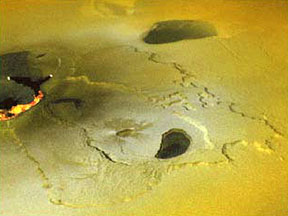This shows an active volcanic region on Io. The yellow and orange area is newly formed lava, and the dark areas show lava that has cooled down.
Click on image for full size
Courtesy of NASA
Galileo Finds More Volcanoes on Io
News story originally written on June 2, 2000
The Galileo spacecraft took pictures of some huge volcanoes on Jupiter's moon Io. Scientists say these volcanoes aren't like the ones we have on Earth. Some of the huge ones are active for years!
Galileo will next study the moon Ganymede and Jupiter's Great Red Spot.
You might also be interested in:
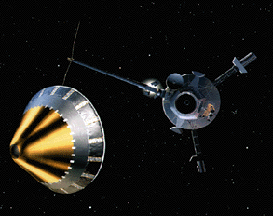
Galileo was a spacecraft that orbited Jupiter for eight years. It made many discoveries about Jupiter and its moons. Galileo was launched in 1989, and reached Jupiter in 1995. The spacecraft had two parts.
...more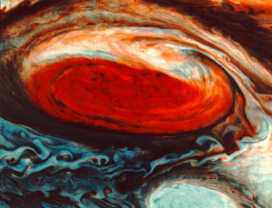
The Great Red Spot is thought to be a hurricane which has been raging on Jupiter for at least 400 years. The connected page shows an image of the Great Red Spot next to Tropical Storm Emily for comparison.
...more
Galileo is a spacecraft that has been orbiting Jupiter for eight years. On September 21, 2003, Galileo will crash into Jupiter. It will burn up in Jupiter's atmosphere. The crash is not an accident! The
...more
It was another exciting and frustrating year for the space science program. It seemed that every step forward led to one backwards. Either way, NASA led the way to a great century of discovery. Unfortunately,
...more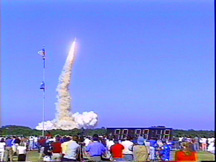
The Space Shuttle Discovery lifted off from Kennedy Space Center on October 29th at 2:19 p.m. EST. The sky was clear and the weather was great. This was the America's 123rd manned space mission. A huge
...more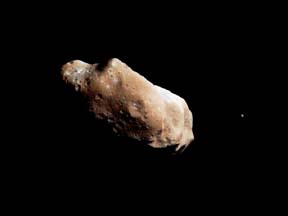
Scientists found a satellite orbiting the asteroid, Eugenia. This is the second one ever! A special telescope allows scientists to look through Earth's atmosphere. The first satellite found was Dactyl.
...more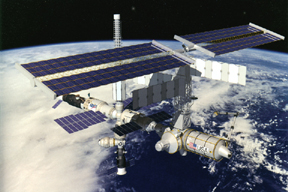
The United States wants Russia to put the service module in orbit! The module is part of the International Space Station. It was supposed to be in space over 2 years ago. Russia just sent supplies to the
...more


